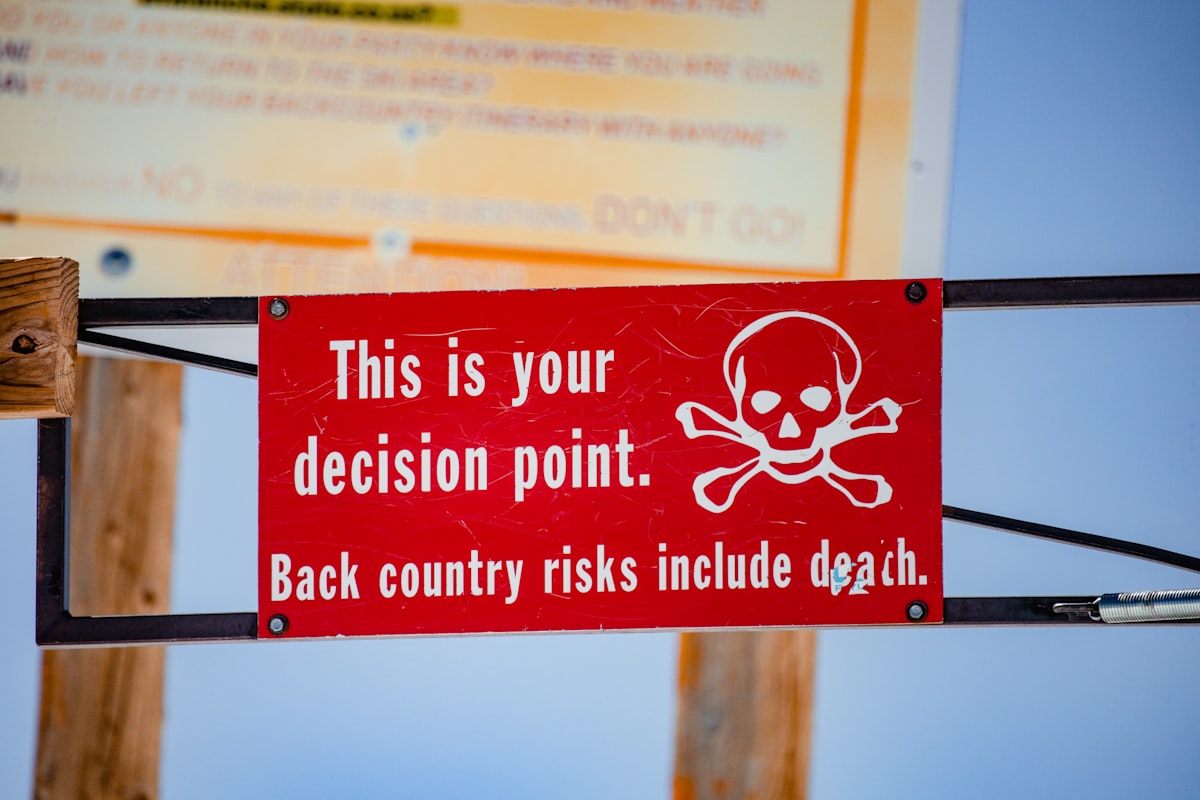
- Investing Product Reviews
- …
- Investing Product Reviews
- Investing Product Reviews
- …
- Investing Product Reviews
What is Investment Risk?
Matching your risk to your experience
It's important to match the risk that you take to your experience. Start slow, invest for the long term, ignore the daily news of the financial media.
Investing can be a great way to grow your wealth, but it's important to understand the risks involved. One of the key factors in managing investment risk is matching your risk tolerance to your experience.
What is Investment Risk?
Investment risk refers to the possibility that an investment may not perform as expected and may result in a loss of capital. There are many different types of investment risks, including market risk, credit risk, inflation risk, and interest rate risk.
Assessing Your Risk Tolerance
Before you start investing, it's important to assess your personal risk tolerance. This involves considering factors such as your age, income level, financial goals, and investment experience.
If you're new to investing or have a low tolerance for risk, you may want to consider starting with low-risk investments such as bonds or mutual funds. These investments typically offer lower returns but also come with lower levels of risk.
On the other hand, if you have more experience with investing and are comfortable taking on higher levels of risk, you may want to consider more aggressive investments such as stocks or real estate.
Managing Your Investment Risk
Once you've assessed your risk tolerance and chosen your investments accordingly, it's important to continue monitoring and managing your investment portfolio. This involves regularly reviewing your investments and making adjustments as needed based on changes in market conditions or other factors.
One effective way to manage investment risk is through diversification. By spreading your investments across different asset classes and sectors, you can help reduce the impact of any one investment performing poorly.
Remember that no investment is completely without risk - even low-risk investments like bonds carry some level of potential loss. However, by carefully assessing your own personal tolerance for risk and choosing appropriate investments accordingly, you can help minimize the chances of experiencing significant losses.
© 2024 Finpods Pty Ltd
Stocks for Beginners is a production of Finpods Pty Ltd. The advice shared on Stocks for Beginners is general in nature and does not consider your individual circumstances. Stocks for Beginners exists purely for educational and entertainment purposes and should not be relied upon to make an investment or financial decision. If you do choose to buy a financial product, read the PDS, TMD and obtain appropriate financial advice tailored towards your needs. Philip Muscatello and Finpods Pty Ltd are authorised representatives of Money Sherpa PTY LTD ABN - 321649 27708, AFSL - 451289.


